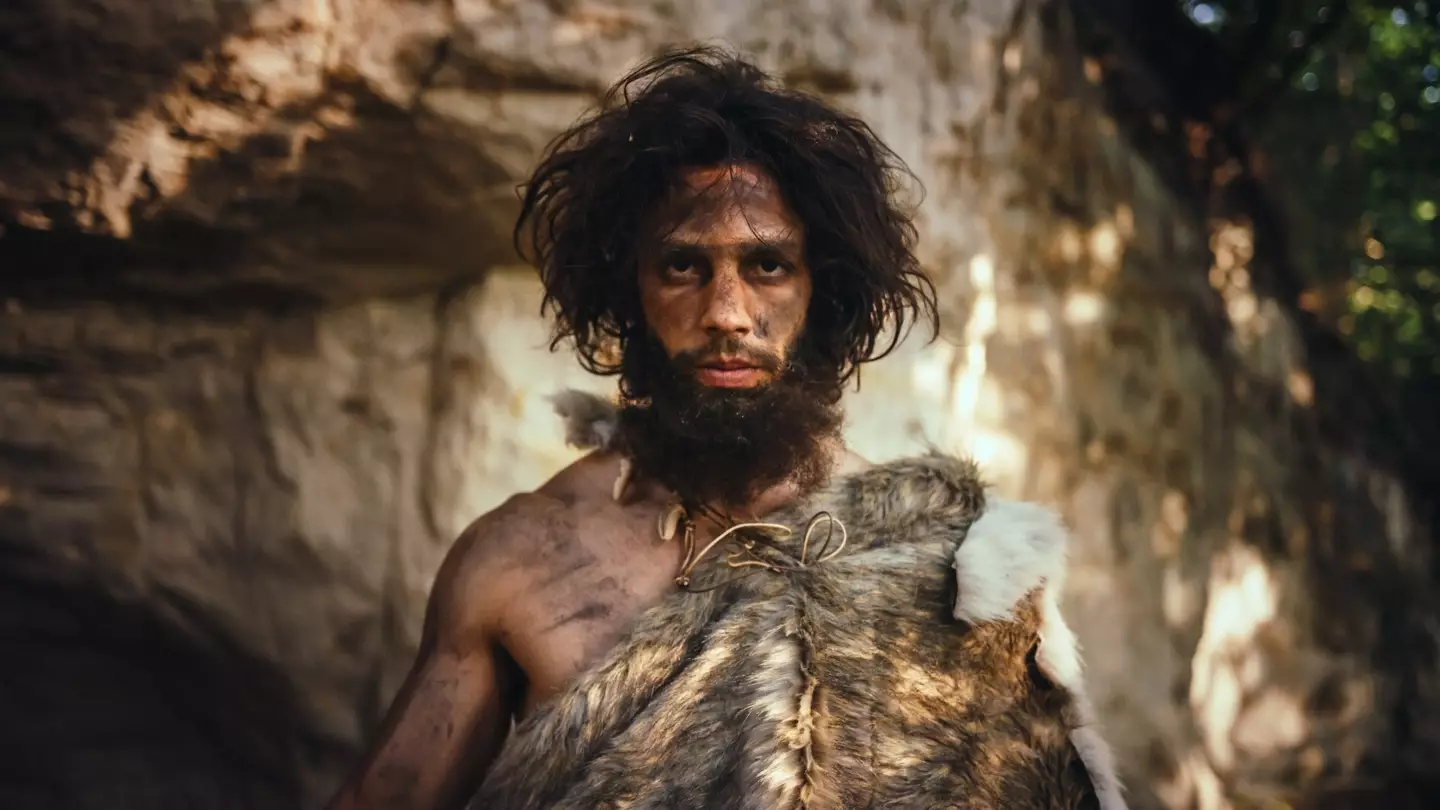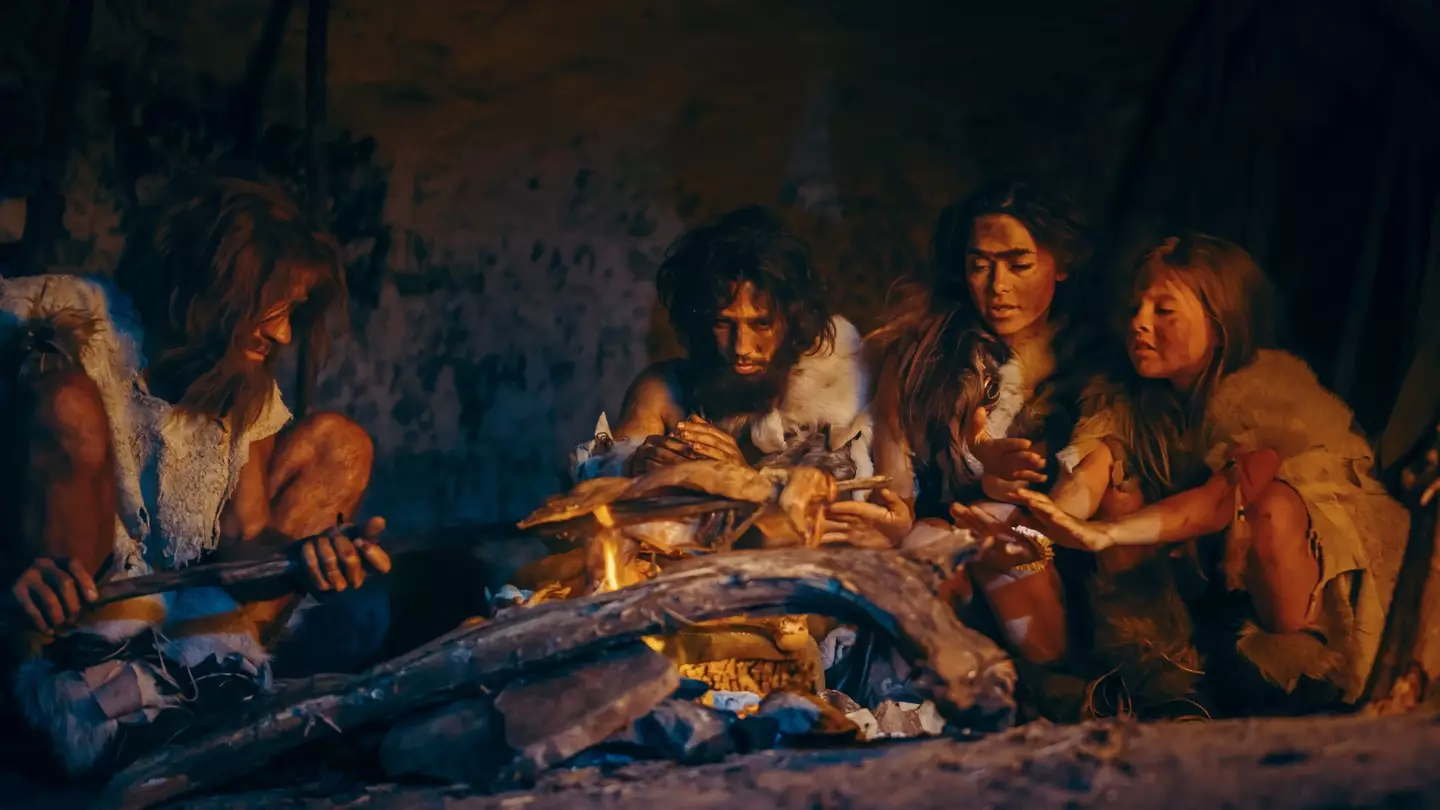While some scientific discoveries may lift the lid on outer space, others provide detail on things closer to home.
One specific study has found our ancient ancestors were not picky on who they had sex with.
Yep, researchers now have found proof we once jumped into bed with at least three different populations of an extinct species.
Dr Linda Ongaro, one of the study's authors, said: "It’s a common misconception that humans evolved suddenly and neatly from one common ancestor, but the more we learn the more we realise interbreeding with different hominins occurred and helped to shape the people we are today."
So, who were some of our earliest romances?
Well, it all begins with the Denisovans, who really started off this incredible scientific study, as we became aware of them in modern science back in 2010.

Humans had sex with three different populations of an extinct species, scientists say (Getty Stock Photo)
Their genome was sequenced from a single finger bone at the Denisova Cave in the mountains of Siberia, which allowed it to become clear to researchers how they were involved with humans.
Smaller amounts of Denisovan genetic material were found in Indigenous American genetic material, as well as in East and South Asian genetic material, confusing scientists a bit.
For many years, experts thought that only one population of Denisovan genes had made it into the modern human genome seen today.
However, Ongaro and her team discovered something a little more naughty was going on, which explained the spread of these Denisovan origins.
"Unlike Neanderthal remains, the Denisovan fossil record consists of only that finger bone, a jawbone, teeth, and skull fragments," she said.
"But by leveraging the surviving Denisovan segments in Modern Human genomes, scientists have uncovered evidence of at least three past events whereby genes from distinct Denisovan populations made their way into the genetic signatures of modern humans."

Scientists have disclosed their findings (Getty Stock Photo)
Discussing the findings further, the study authors explained: "Another example of adaptive introgression is related to lipid metabolism in Inuit from Greenland, which have a highly divergent haplotype in the TBX15/WARS2 region that was probably introduced into the modern human gene pool via introgression with Denisovans."
A genetic locus known as the EPAS1 locus can be traced back to the group of Denisovans that had a few runnings with East Asians.
"Among these is a genetic locus that confers a tolerance to hypoxia, or low oxygen conditions, which makes a lot of sense as it is seen in Tibetan populations," Ongaro added.
If you want to learn more about how humans had sex with three different populations of an extinct species, then you can read the study published in the journal Nature Genetics.
















 English (US) ·
English (US) ·